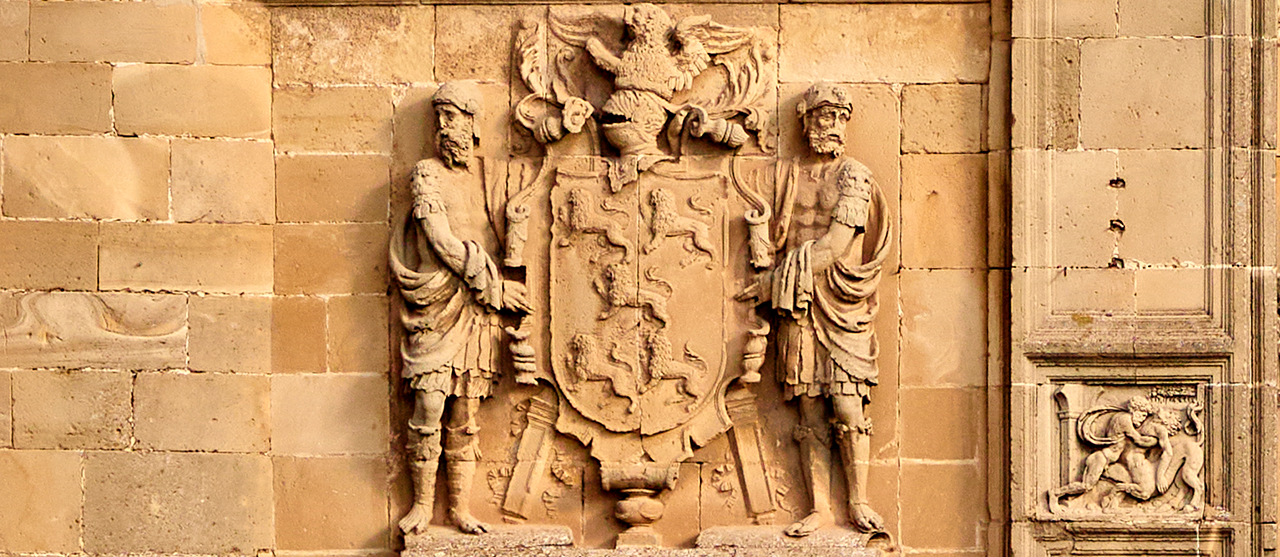
Born in 1477, in a noble familyhis career is the most significant example of meteoric rise in the Castilian administration. He was able to weave a network of patronage, incomparable in terms of wealth and power, with the local dimension of the lineage into which he had been born, granting him a social projectionThe city's history, which transcended the local sphere, transcended the reign of the emperor and he wanted to perpetuate it in his hometown in an abode for eternity.
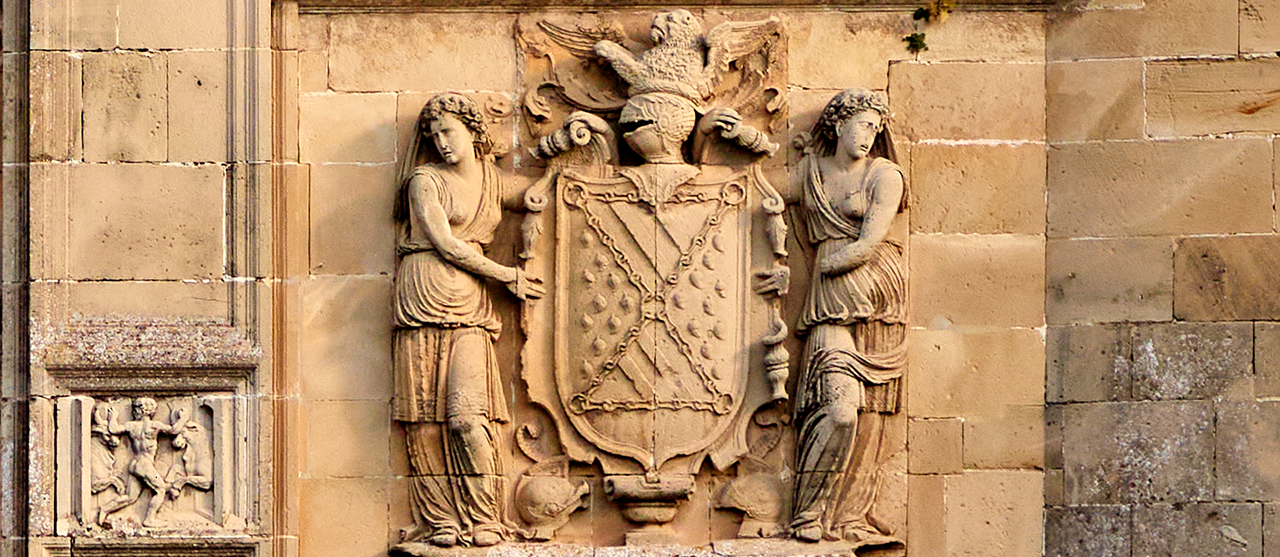
Daughter of Juan Hurtado de Mendoza, the adelantado of Galicia, and María Sarmiento de Castro, she was born around 1508 and married Francisco de los Cobos at the age of fourteen. On the death of her husband in 1547, she was left as a sole patron of the Sacra Capilla del Salvador Foundation continuing the work on the church building and drafting its first constitutions. Short-lived Countess of RibadaviaHe was involved in the construction of the collegiate church of this town.
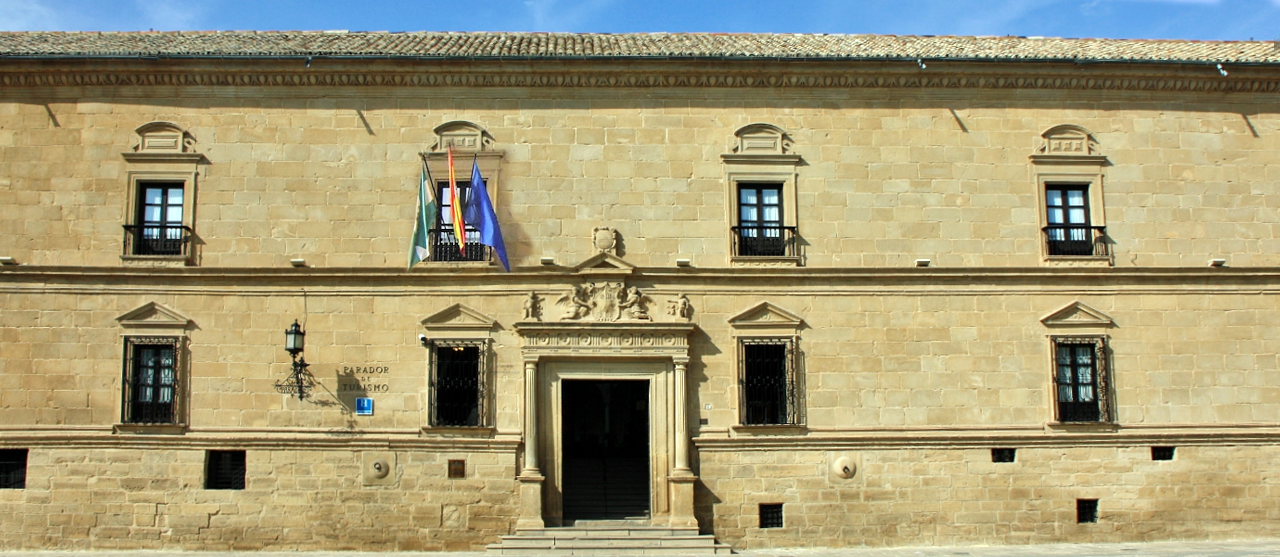
Fernando Ortega Salido, better known as Deán ortega, because he presided over the chapter of Malaga Cathedral, was the first chaplain of the Sacred Chapel of the Saviour y author of his iconographic discourse. Administrator and executor of the will of Francisco de los Cobos y Molina, the size of the personage, belonging through his mother's lineage to the Molina lineage, can be guessed from the palace that was built at an angle to El Salvador, today the Parador Nacional de Turismo.
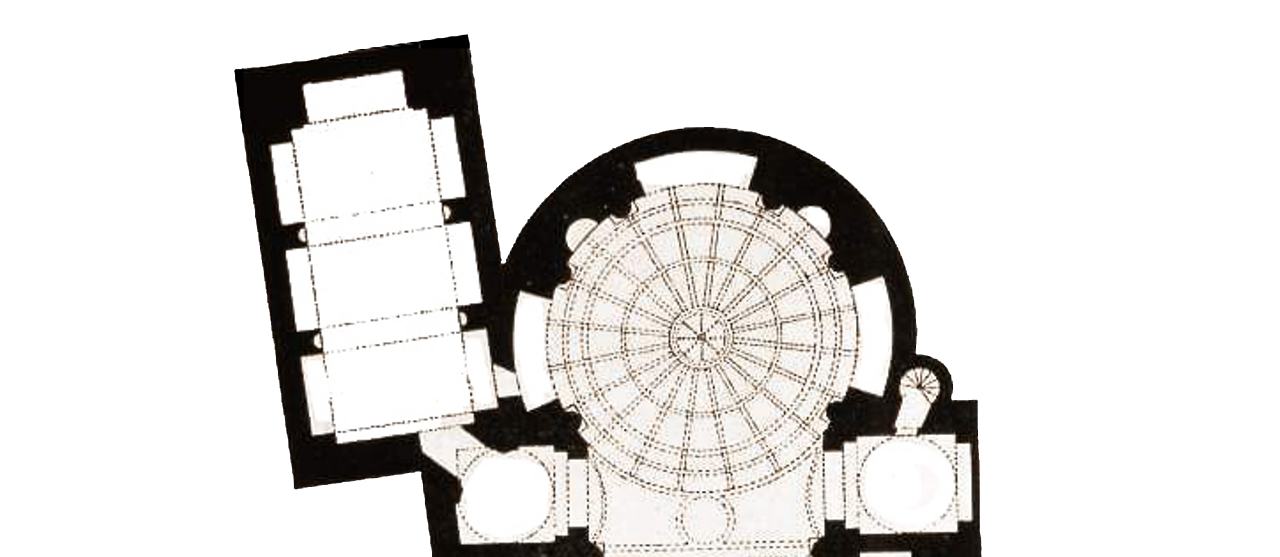
Sculptor and architect from Burgos, son of the sculptor Gil de Siloé. Orphaned at a very young age, he had to train in the workshop of Felipe Bigarny. He completed his training with a trip to Italy. Exercised a extraordinary influence on the course of Spanish Renaissance architecture and sculpture.. He reached the zenith of his career in Granada Cathedral, the immediate precedent, both chronologically and architecturally, of the Chapel of the Saviour.
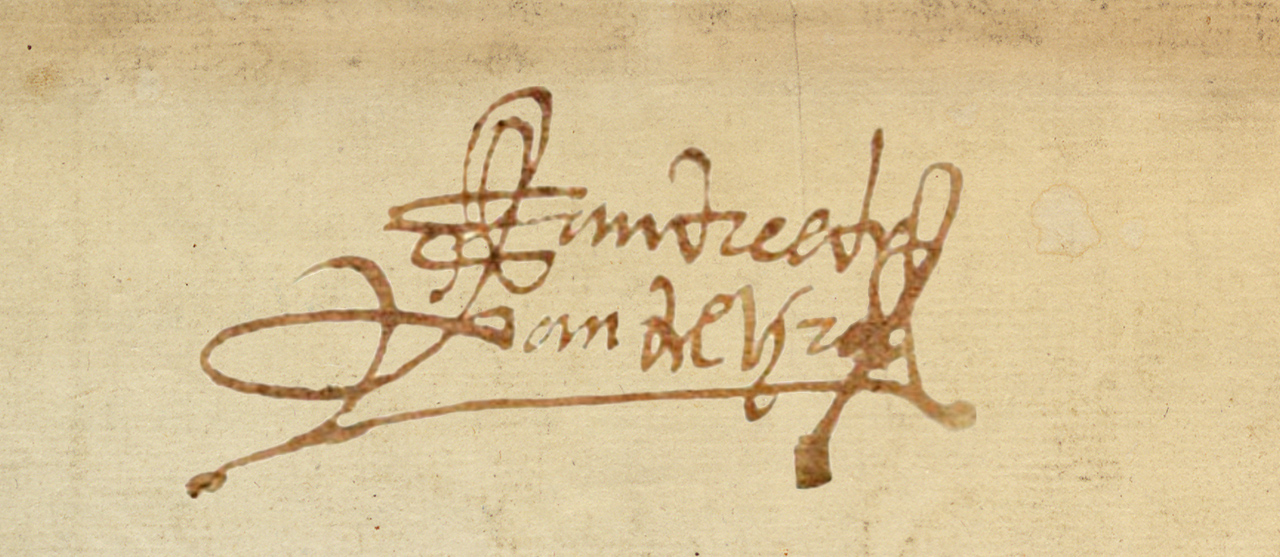
An architect who began in the Plateresque style in the convent of Uclés (Cuenca) together with Francisco de Luna, his father-in-law and presumably his master. In the meeting with SiloéWhen his design for the Chapel of the Saviour was awarded the contract, he started his assimilation of classicism which already dominates the elevation of his sacristy. This work multiplied his commissions in the kingdom of Jaén, reaching the zenith of his career in 1553, with the master of works of his cathedral.
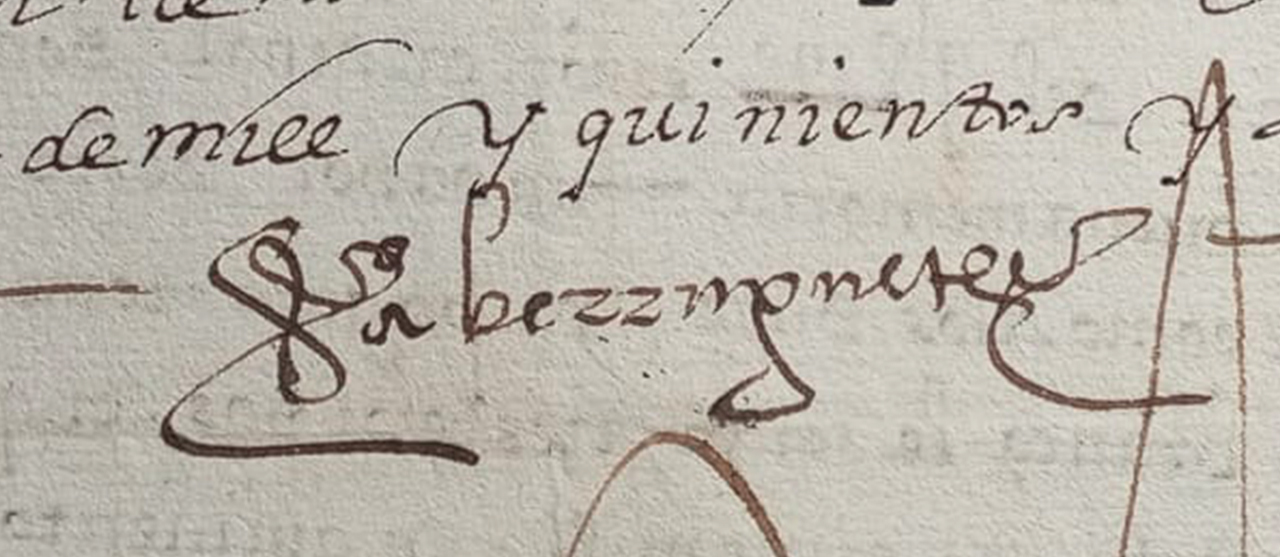
The son of the painter Pedro Berruguete, he is one of the "Spanish Renaissance eagles"The expression used by Francis of Holland to distinguish the four fundamental artists of this period. He completed his training in ItalyThe new forms assimilated there will contribute to the Mannerist renewal of Spanish sculptureHe was distinguished by his dramatic expressiveness, Michelangelesque sensibility and disregard for the conventions of tradition.
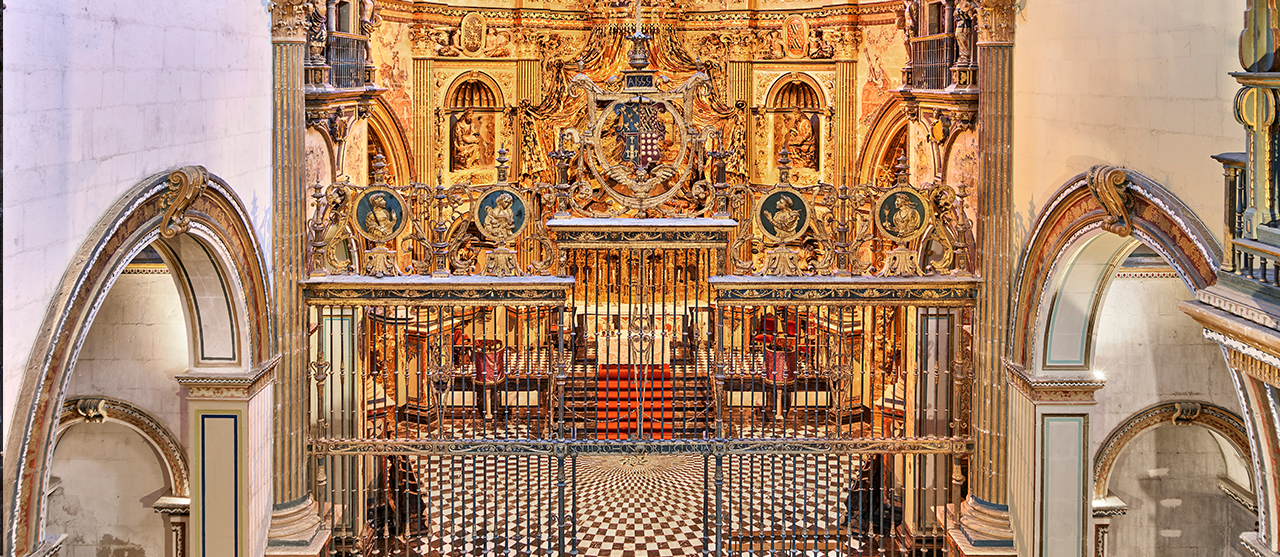
One of the most influential personalities of the Renaissance, distinguishing himself as a rejero and broncista -He made a name for himself as an artist, winning a competition organised by Cardinal Tavera for the construction of the grille of the main altar of the Catedral Primada, but also as an artist. architect and architectural theoristas translator of the first four books by Sebastiano Serlio.
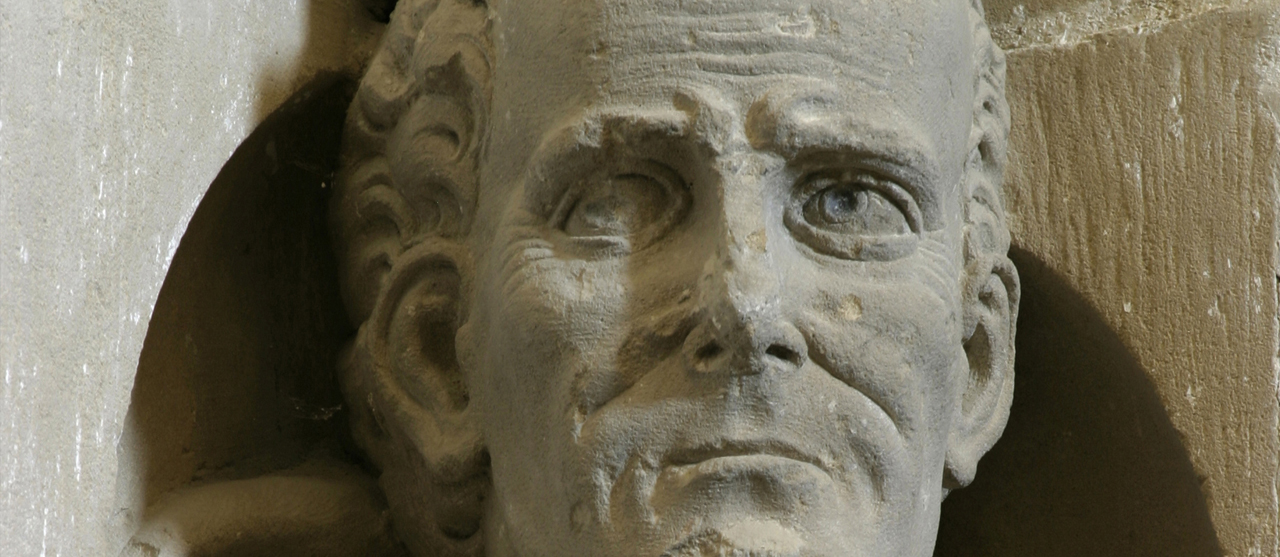
The son of the stonemason Jamet Loxin, with whom he learned his trade, he was born in Orléans and, at the age of 20, began his journey through Spain, working in different cities alongside the leading architects and sculptors of the Renaissance. Between 1541 and 1544 he sculpted the sculptural programme of the Chapel of the Saviour. At the height of his artistic reputation he suffered an inquisitorial condemnation that cut short his career.
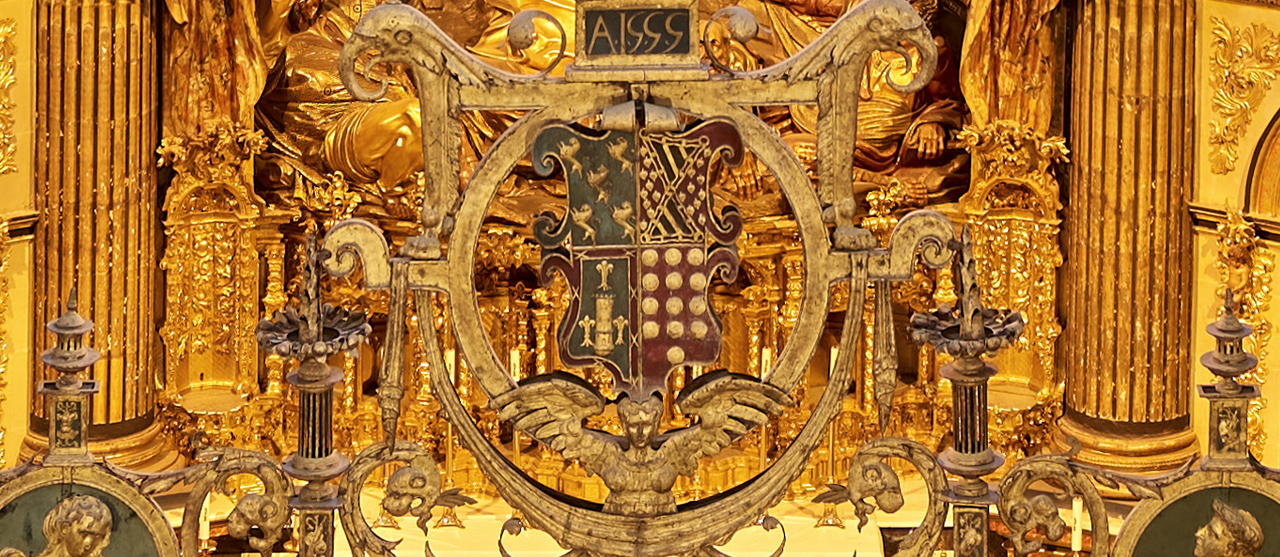
Francisco de los Cobos and María de Mendoza commissioned the patronage of the institution which they created for the maintenance of the worship and the building of this temple, to their son, Diego de los Cobosand, after him, to those who succeeded him in the entailed estate of the marquisate of Camarasa, a title granted by Charles V to this first-born son of his closest collaborator, responsibility that today is assumed by the Fundación Casa Ducal de Medinaceli..
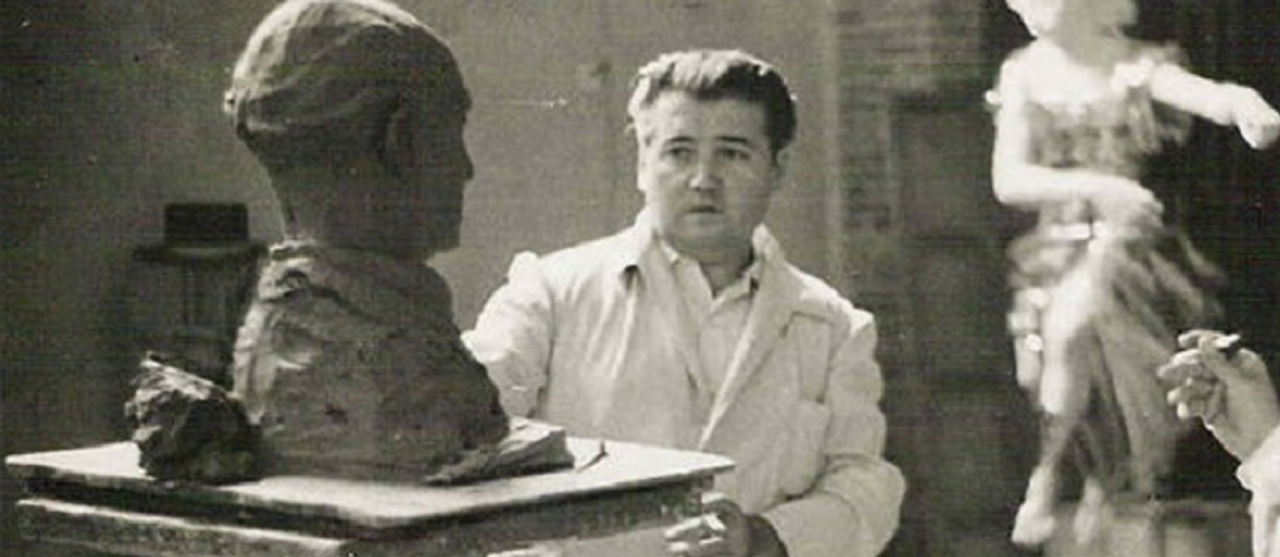
The son of the painter Eduardo Vassallo, he belongs to the group of sculptors born during the Restoration who followed the classical figurative tradition. He mastered all the techniques of sculpture, which he passed on as a teacher. Between 1955 and 1969, while successively holding the chairs of Modelling and Composition at the Schools of Fine Arts in Seville and Madrid, he directed the restoration of the altarpieces in the Main Chapel and restored the Transfiguration altarpiece.